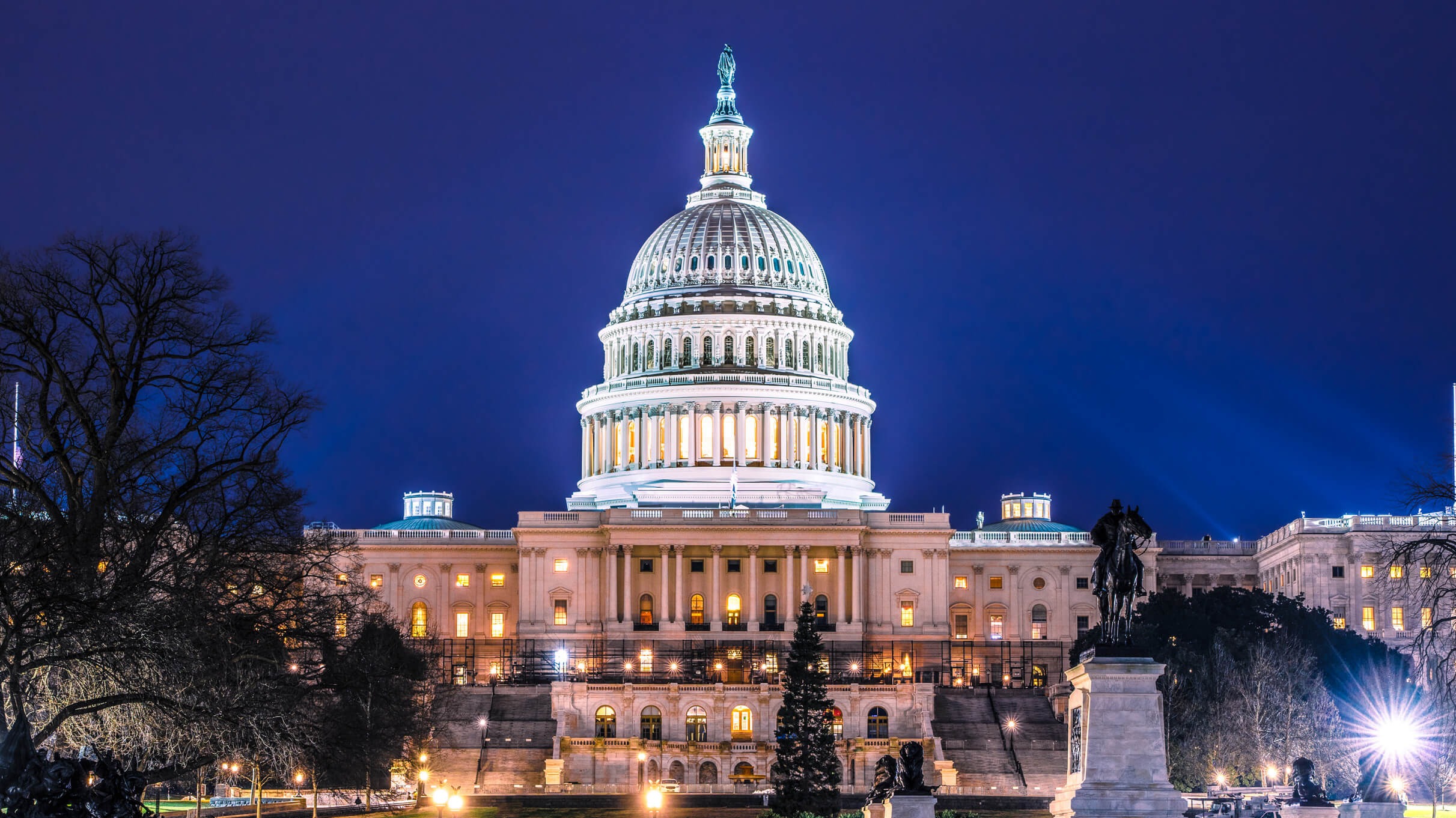
Understanding the Impact of Free HIV/STD Testing Initiatives
On June 27, Walgreens, in partnership with the KFF’s Greater Than HIV/STDs campaign, will provide an unprecedented opportunity for individuals to access vital health services through free rapid HIV, syphilis, and hepatitis C testing at over 575 Walgreens locations across the United States. This initiative marks the largest national HIV Testing Day (NHTD) event to date and reflects a significant shift in how health organizations and pharmacies collaborate to enhance public health outcomes.
Why This Initiative Matters
The increasing rates of HIV, syphilis, and other STDs in the U.S. highlight the essential need for accessible health services. According to health reports, the U.S. has witnessed a concerning rise in infections, including congenital syphilis, which signifies the transmission of this disease during pregnancy or delivery. The collaboration between Walgreens and KFF serves to combat this public health crisis by providing free testing services and educating the community on prevention strategies. Such partnerships not only increase accessibility but also foster a culture of awareness and proactive health management.
The Power of Public-Private Partnerships in Health
KFF Senior Vice President Tina Hoff emphasizes the strength found in public-private partnerships, stating that the collaboration has resulted in over 93,000 free HIV/STD tests since its inception in 2011. This year's record participation from over 415 local health departments and community organizations showcases a collective effort to expand testing availability, accelerate the dissemination of information, and address stigma surrounding HIV and STDs. These initiatives are not just about testing; they involve educating communities on advanced prevention tools like PrEP and doxy-PEP, demonstrating a comprehensive approach to health and wellness.
Barriers to Accessing Care and Outreach Strategies
Despite the availability of testing and resources, many individuals still face barriers to accessing these services. Stigma around sexually transmitted infections can deter individuals from seeking necessary health services. Walgreens addresses this concern by ensuring that pharmacists receive specialized training in HIV prevention and destigmatization. This aspect of their program aims to create an environment where individuals feel comfortable engaging with healthcare providers. Effective outreach strategies will play a crucial role in encouraging participation on National HIV Testing Day and beyond.
Future Trends in HIV and STD Management
Looking forward, trends in health emphasize the need for ongoing education and proactive measures in disease prevention. As awareness grows regarding new treatment methodologies and prevention tactics, integrating technology into testing procedures will likely become more commonplace. Innovations such as mobile testing units and telehealth consultations can expand reach to underserved populations, addressing the geographic disparities seen in health resources. The combination of education, accessibility, and innovative practices positions future health campaigns for greater effectiveness in managing and reducing STDs and HIV rates across communities.
Conclusion: Take Charge of Your Health
This collaboration between Walgreens and KFF is not just an event; it represents a vital movement towards enhancing community health and wellness. For suburban professionals who prioritize health and fitness, engaging in these types of programs is essential not only for personal well-being but also for the broader community. As you consider your health strategies, remember that taking advantage of resources like free STD testing can empower you to make informed decisions about your health.
Mark your calendars for June 27 and seize the opportunity for free testing. Together, we can create a healthier future.
 Add Row
Add Row  Add
Add 




 Add Row
Add Row  Add
Add 

Write A Comment